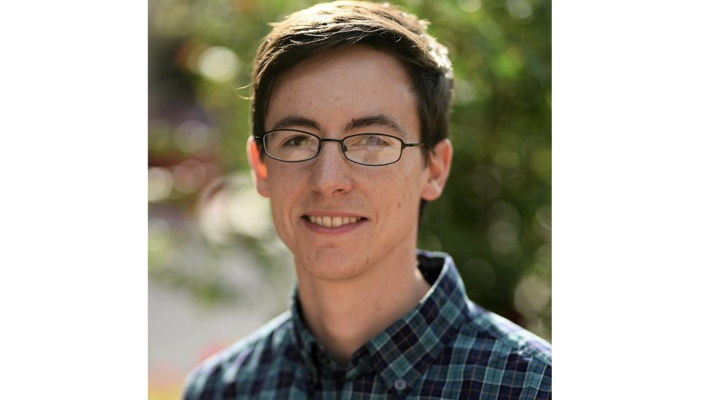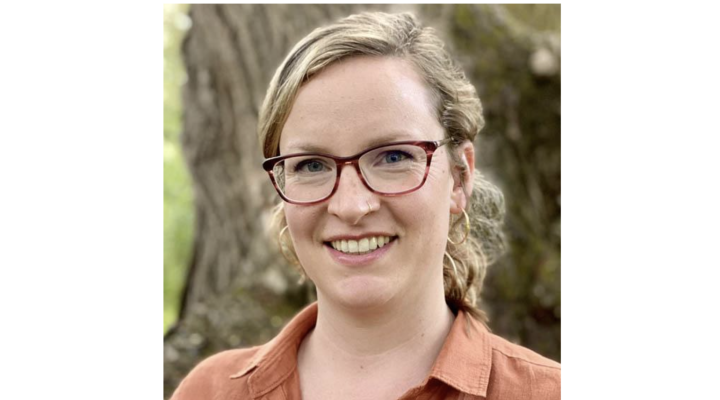Multivariate statistics involves the observation and analysis of many types of data at the same time, and how they relate to each other—a field that has fascinated David Matteson since he was young. As an undergrad, he had three majors—finance, mathematics, and statistics, as well as a minor in economics. “I thought I’d end up in Wall Street,” Matteson says, “but I really ended up liking advanced math.”
That interest in complex mathematics led him to pursue a Ph.D. in statistics from the University of Chicago, and his eventual position at Cornell as an assistant professor in statistical science and social statistics. His current research involving multivariate analysis of multiple, simultaneously occurring data points has a diverse array of real-world applications, such as forecasting weather, and analyzing the behavior of interest rates, stocks and bonds. The research also may help to save lives—one of his projects tackles the problem of estimating the best travel route for ambulances out of several possible road networks in a metropolitan area. Using historical maps that estimate the fastest routes throughout a city, Matteson can depict the travel time distribution for arriving at each intersection in a city from a given location for each route. He can also produce forecasts for aggregate and location specific ambulance demand for a particular time, information that could potentially aid ambulance companies’ decisions for future calls. Matteson hopes this work can make a difference for emergency services providers. “The question we’ve tried to answer is, given a limited number of resources, how do we minimize response times for ambulances,” he says.
Another medical-related application of Matteson’s statistical work relates to functional Magnetic Resonance Imaging, fMRI. Using his mathematical analyses, this tool may be used to distinguish between a normal individual’s brain and a person’s with ADHD, a feat that is traditionally too nuanced for the imaging tool. “It’s a four-dimensional problem,” says Matteson. “You are looking at a three-dimensional view of the brain, over time.” Matteson gathers fMRI data and, from it, estimates potential neural networks that may be implicated with ADHD. “We then consult with doctors to see if our estimates correspond to something biologically meaningful, using the technical knowledge and the data,” he says.
Matteson comes from a family of professors and researchers; his father works in agronomy and animal science, one grandfather studied entomology, while another was a professor of art education (whose art currently hangs in Matteson’s office). Matteson attributes much of his intellectual curiosity to his family, as well as his love of quirky games. A favorite is a traditional Swedish lawn game called Kubb. “It’s a combination of bocce and bowling—my family has been playing it for years,” says Matteson, who says the competition can get pretty intense. “Grandpa is still the champion.”




